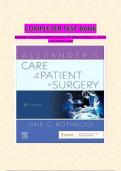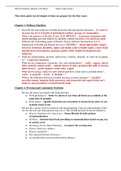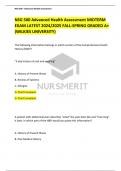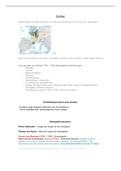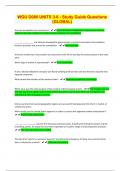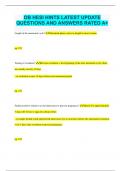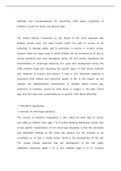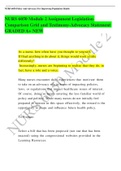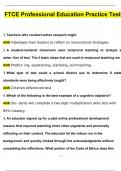Exam (elaborations)
COMPLETER TEST BANK Alexander’s Care Of The Patient In Surgery 17th Edition Rothrock || CHAPTER 1-30 ||RATED 5 STAR
COMPLETER TEST BANK Alexander’s Care Of The Patient In Surgery 17th Edition Rothrock || CHAPTER 1-30 ||RATED 5 STAR COMPLETER TEST BANK Alexander’s Care Of The Patient In Surgery 17th Edition Rothrock || CHAPTER 1-30 ||RATED 5 STAR
[Show more]
